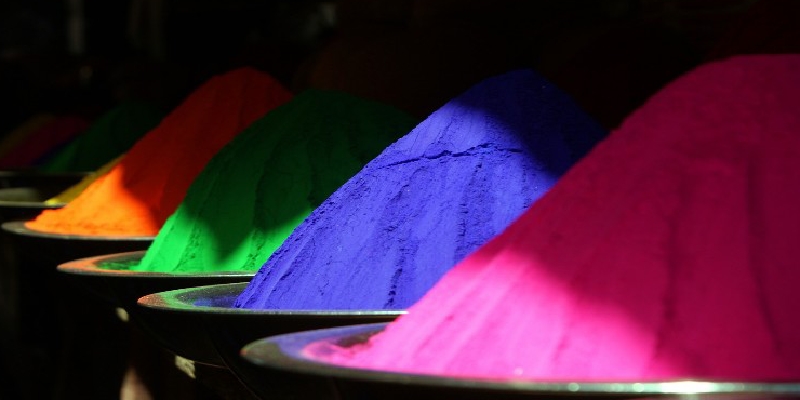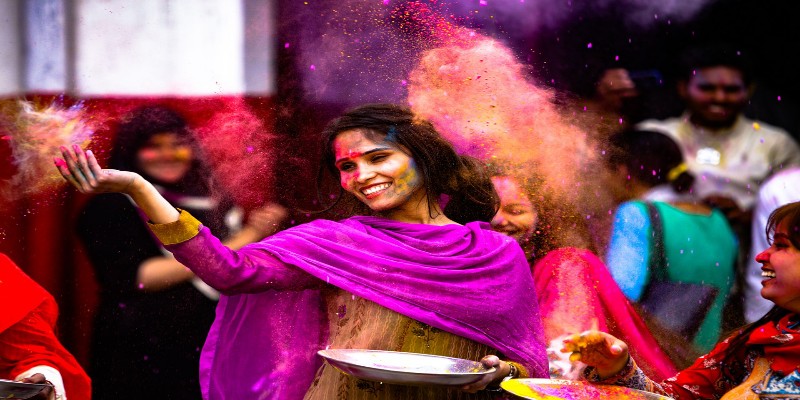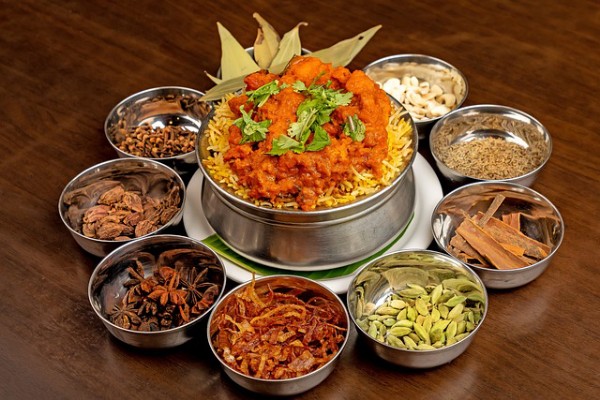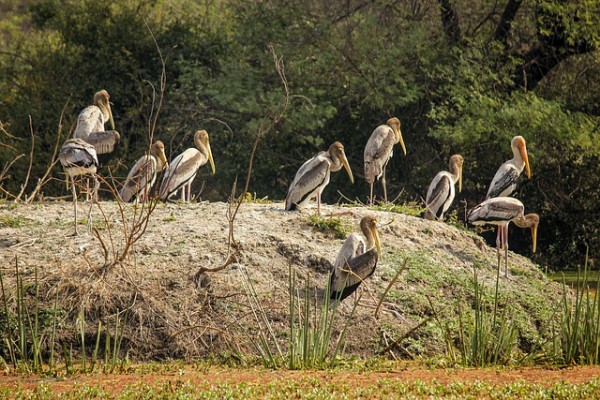The Festival of Colors, or Holi, is a colourful and exuberant occasion mostly celebrated in India and Nepal. It heralds the coming of spring and the victory of right over wrong. Usually, the festival lasts for two days, in this blog Dive into the world of Holi, the festival of colors. Learn about the cultural and historical reasons why is Holi celebrated with colours.
1. Dahan Holika or Holika Dahan: sometimes referred to as Chhoti Holi, is the evening before Holi. Gathering around a campfire, people engage in rituals that include singing, dancing, and occasionally tossing offerings into the flames, such as grains, popcorn, and coconuts. This bonfire honours the tale of Prahlad and Holika and represents the triumph of good over evil.

2. The Festival of Colours or Rangwali Holi: The main day of Holi, also known as Dhulandi or Rangwali Holi, is marked by colourful celebrations using colours: Playing with Colours: Using pichkaris (water pistols), balloons, and buckets, people of all ages go outside to toss coloured powder (gulal) and squirt each other with coloured water. Music and Dancing: People dance in groups as contemporary and traditional tunes fill the air, enhancing the joyous atmosphere. Food and Drink: Holi is celebrated with the preparation of special dishes like dahi bhalla, malpua, and sweet dumplings called gujiya, which are filled with coconut and dried fruits. Another popular traditional beverage is thandai, which is frequently laced with bhang, a cannabis plant preparation. Community and Family Gather: Friends and family gather together to celebrate, frequently spending time in each other’s homes. For communal festivities, communities set up events in parks and other public areas.
3. Differences by Region: India celebrates Holi with several regional variations:
Phool ki Holi in Vrindavan: celebrated using flowers rather than colours, resulting in a lovely and aromatic celebration.
Yaosang in Manipur: is a six-day celebration in Manipur that blends indigenous and Hindu customs through sports, music, and dance.
Lathmar Holi: in Barsana and Nandgaon: In Barsana and Nandgaon, women reenact a historical episode involving Radha and Krishna by playfully beating males with sticks, known as lathis, on Lathmar Holi.
4. Concern for the Environment : Using natural and eco-friendly colours has been more popular in recent years as a way to minimise skin allergies and lessen environmental effect. During the festivities, several municipalities also encourage water conservation. Holi is one of the most cherished holidays, drawing people from all walks of life to celebrate with colours, music, and camaraderie. It symbolises joy, unity, and the victory of good over evil.

“why is holi celebrated with colours“
- Social Bonding : By uniting individuals through colour throwing, social boundaries are broken and equality is promoted. Caste, creed, and socioeconomic class become irrelevant during Holi celebrations, as everyone joins the wider community in taking part in the festivities. These components come together to create a distinctive and joyful event called Holi, where people come together to celebrate life, love, and the triumph of good over evil via the use of colour.
- Cultural Significance : Indian mythology and culture have a strong influence on the use of colour during Holi. Lord Krishna, who is frequently shown as having blue skin, is said to have enjoyed playing with colour alongside his bride Radha and the gopis (milkmaids) in the village of Vrindavan. This lighthearted deed has evolved into the main celebration theme.



